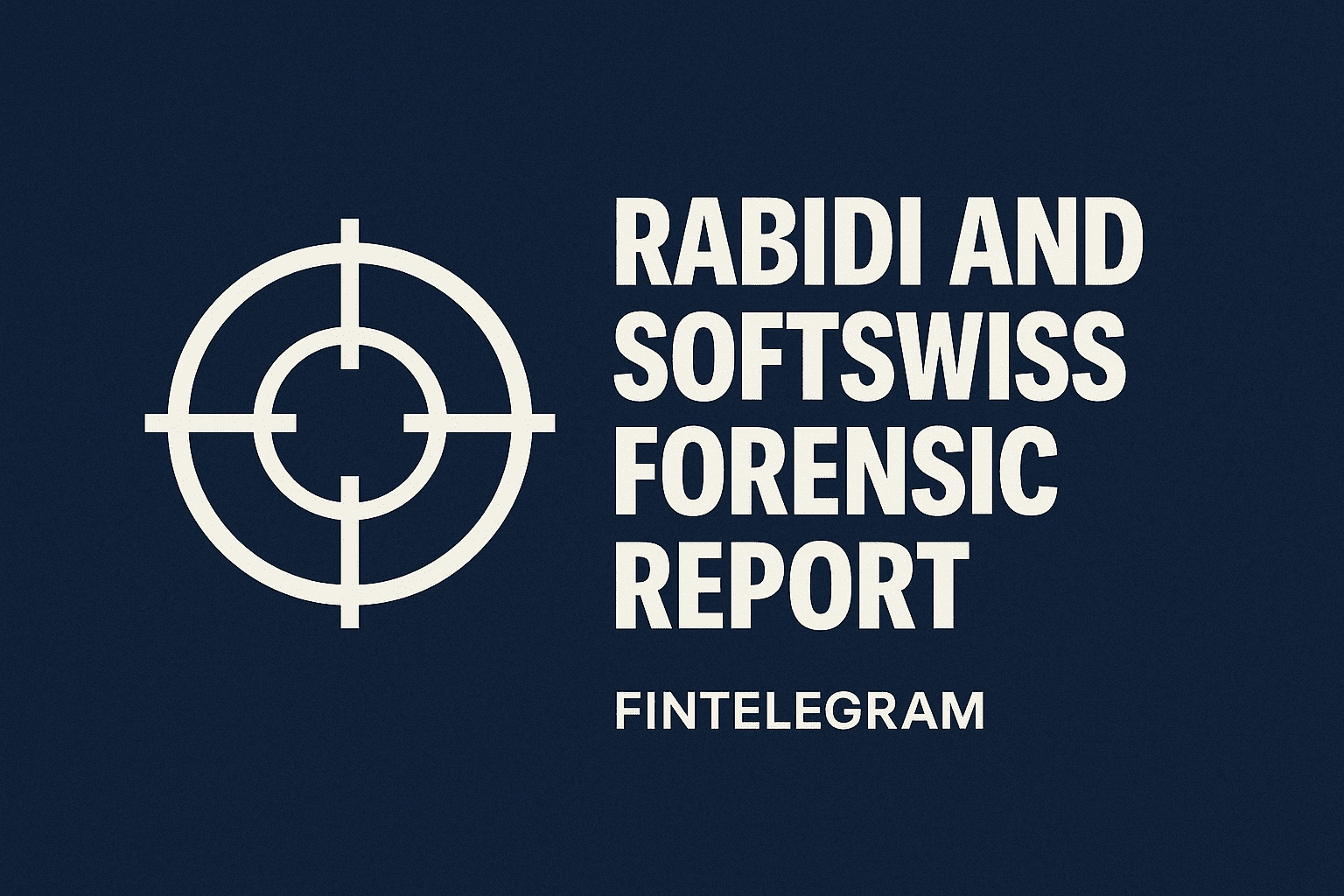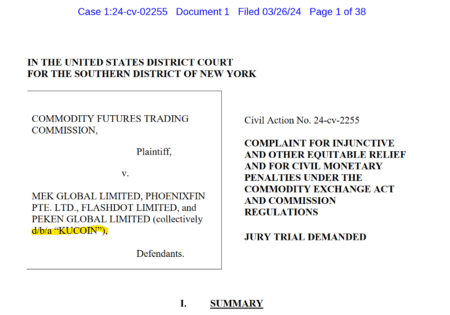Financial influencers, or “finfluencers,” have emerged as pivotal figures in disseminating financial information and advice, especially among younger demographics like Gen Z. TikTok and Instagram are their main playgrounds. This report delves into the activities, business models, and methodologies of finfluencers, examines the regulatory frameworks governing their operations, and assesses their acceptance and impact on Gen Z audiences.
Activities of Finfluencers
Finfluencers engage in a variety of activities aimed at educating and influencing their audience’s financial decisions:
- Content Creation: They produce content across platforms such as YouTube, Instagram, TikTok, and blogs, covering topics like personal finance, investing strategies, market analyses, and economic trends.
- Product Endorsements: Many collaborate with financial services companies to promote products like trading platforms, investment apps, or financial planning tools.
- Educational Initiatives: Some offer courses, webinars, or workshops to provide in-depth knowledge on specific financial topics.
- Community Building: By fostering online communities, finfluencers create spaces for followers to discuss financial matters, share experiences, and seek advice.
Business Models and Revenue Streams
Finfluencers monetize their platforms through several avenues:
- Sponsored Content: Partnering with brands to create content that promotes financial products or services.
- Affiliate Marketing: Earning commissions by promoting third-party products or services through unique referral links.
- Subscription Services: Offering premium content or exclusive insights to subscribers for a fee.
- Merchandise Sales: Selling branded merchandise or proprietary financial tools and resources.
- Ad Revenue: Generating income from advertisements displayed on platforms like YouTube or personal blogs.
Working Methods
To maintain and grow their influence, finfluencers employ various strategies:
- Authenticity and Transparency: Building trust by sharing personal financial journeys, successes, and failures.
- Engagement: Actively interacting with followers through comments, live sessions, and Q&A segments to foster a sense of community.
- Continuous Learning: Staying updated with the latest financial news, trends, and regulations to provide accurate and relevant information.
- Collaborations: Partnering with other influencers or experts to diversify content and reach broader audiences.
Regulatory Framework
The rise of finfluencers has prompted regulatory bodies to establish guidelines to ensure consumer protection:
- Disclosure Requirements: In the United States, the Federal Trade Commission (FTC) mandates that influencers clearly disclose any material connections to brands they promote. This includes sponsorships, gifts, or any form of compensation.
- Financial Advice Regulations: Providing personalized financial advice may require appropriate licensing. Unregistered individuals offering such advice could face legal repercussions.
- Advertising Standards: Content must not be misleading. Claims about financial products or services should be substantiated, and potential risks must be clearly communicated.
- International Considerations: Regulations vary by country. For instance, the UK’s Financial Conduct Authority (FCA) has issued warnings to finfluencers about promoting unauthorized financial products.
Acceptance Among Gen Z
Gen Z, born between the late 1990s and early 2010s, exhibits distinct characteristics influencing their consumption of financial content. A 2024 report by the CFA Institute found that the generation is more likely than older generations to engage with finfluencers” on TikTok, YouTube, and Instagram. Last year, Americans turned to TikTok for financial advice on topics such as budgeting (25%), investing (24%), credit cards, and credit scores (33%), according to a recent report by Chime. H
- Digital Natives: Comfortable with technology, they prefer consuming content through digital platforms and are adept at navigating social media.
- Value Authenticity: They gravitate towards influencers who display genuine experiences and transparent communication.
- Community-Oriented: Engagement in online communities is significant, with many seeking peer reviews and discussions before making financial decisions.
- Skeptical of Traditional Institutions: There’s a tendency to distrust traditional financial institutions, making them more receptive to alternative sources of financial advice.
Conclusion
Finfluencers play a crucial role in shaping the financial behaviors of younger audiences. However, with this influence comes responsibility. Adhering to regulatory guidelines, maintaining transparency, and prioritizing the well-being of their audience are paramount for sustainable success. As the financial landscape evolves, finfluencers must remain adaptable, informed, and ethical in their practices.





